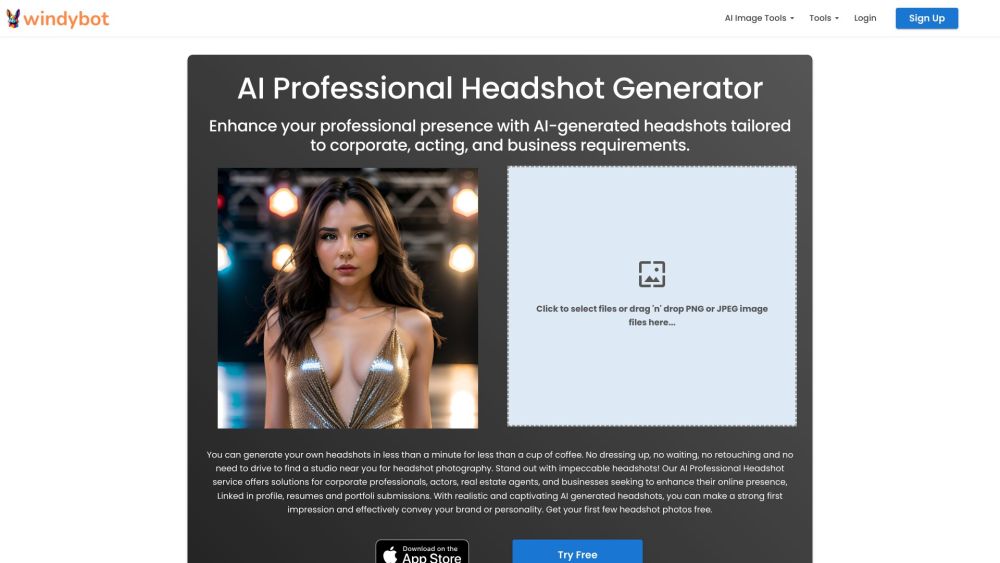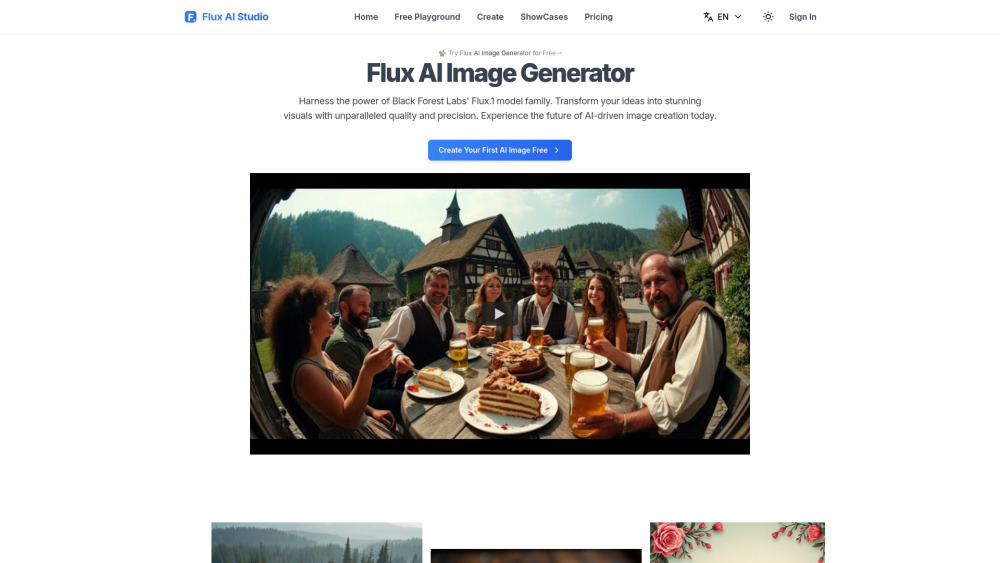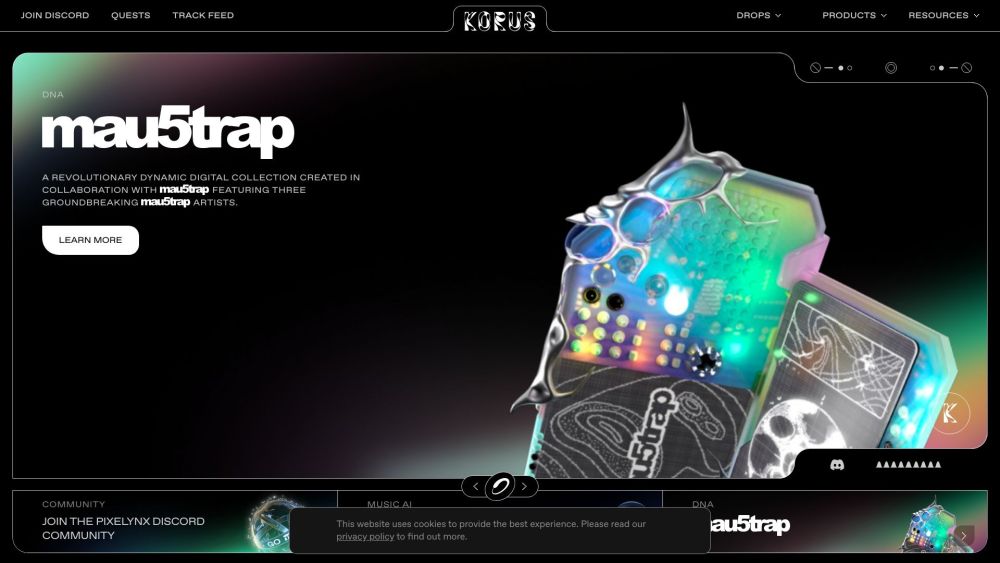Google has recently introduced a groundbreaking suite of generative AI models focused on creativity, aimed at transforming video production and visual artistry. One of the standout innovations is Veo, a game-changing video generation model designed to rival existing technology such as OpenAI's Sora. This development follows Google's exploratory efforts in AI-generated video content, including the text-to-video model Lumiere.
At the company’s annual I/O event, Veo was unveiled as a powerful new tool capable of producing high-quality videos at 1080p resolution in approximately one minute. Developed by Google DeepMind, Veo can synthesize video content from various inputs, including text prompts, images, and other video clips. The model’s sophisticated understanding of cinematic effects enables creators to generate stunning visuals such as time lapses and aerial shots, enhancing the storytelling experience.
Veo leverages the multimodal capabilities of Gemini, Google DeepMind's flagship foundation model, which significantly improves the model’s ability to interpret nuances in user prompts. “Generating video is a different challenge altogether,” noted Sir Demis Hassabis, CEO of Google DeepMind. “It’s not just about placing objects; it’s crucial to maintain consistency over time.” Veo builds on years of innovation in generative video technology, integrating the best elements from models like GQN, Phenaki, Walt, and VideoPoet to achieve enhanced consistency, quality, and resolution in video output.
Prominent figures in the entertainment industry, including actor Donald Glover and his creative studio Gilga, have received early access to this revolutionary tool. Glover emphasized the democratization of creativity, stating, “Everybody is going to become a director... the closer we are to being able to tell each other our stories, the more we'll understand each other.” Each video produced by Veo will be traceable through SynthID, a watermarking technology, ensuring creators can attribute their work accurately.
Currently accessible through VideoFX, Veo is available to select creators, who can join a waitlist for access. Hassabis also mentioned ongoing experiments with the model for features like storyboarding and creating extended scenes, hinting at its future integration into platforms such as YouTube Shorts.
In addition to video innovations, Google unveiled the latest iteration of its Imagen series, Imagen 3. This new model enhances capabilities in creating photorealistic images with detailed outputs while significantly reducing distortion. It boasts a deeper understanding of natural language, allowing it to interpret prompts more creatively. Douglas Eck, Google’s senior research director, stated, “The more creative and detailed you are with your inputs, the better the results.”
Imagen 3 also improves on the rendering of text, a common challenge for image generation models. Currently, it is in private preview for selected creators through the ImageFX platform, with plans for wider availability in the Vertex AI ecosystem soon.
On the music front, Google has developed tools powered by AI that empower musicians to create original tracks seamlessly. The Music AI Sandbox, utilizing the Lyria model, provides a creative platform for crafting instrumental compositions from natural language prompts. Ek remarked, “Some of these might even be entirely new songs that would not have been possible without these tools.” Esteemed artists like Wyclef Jean have already begun testing the platform, where improvisational musicians, including Marc Rebillet, showcased how they can generate and mix music live, engaging audiences in a collaborative experience.
These groundbreaking advancements in generative AI models signify a monumental shift in how creative content is produced, making the tools of professional-level production accessible to everyone and redefining the landscape of storytelling across various mediums.






